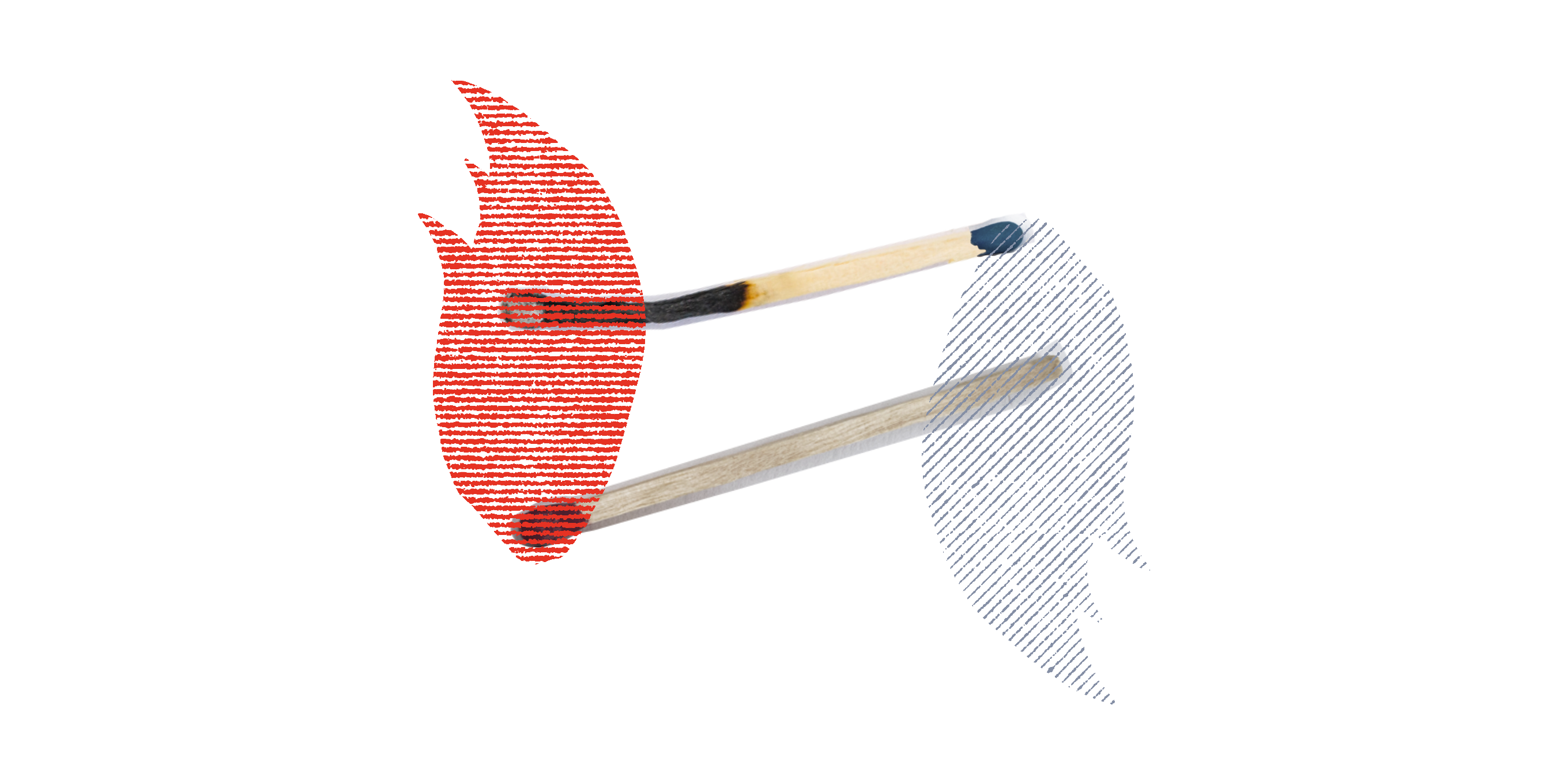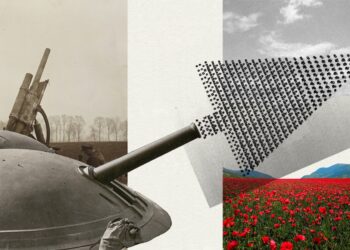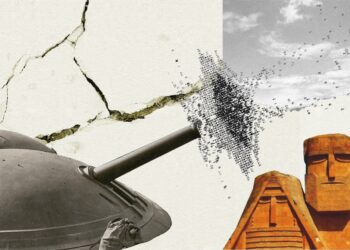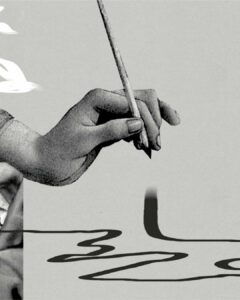
Just after midnight on September 13, 2022, Azerbaijani Armed Forces launched a large-scale attack along the entire eastern border of Armenia. They used artillery, mortar, and attack drones targeting Armenian military positions and civilian areas, including the towns of Vardenis, Jermuk, Sisian, Goris, and Kapan in the Gegharkunik and Syunik regions of the Republic of Armenia.
These developments constitute a remarkable escalation and broadening of the theater of hostilities from its previous concentration, mostly in and around Artsakh. Frustrated over not having been able to completely cleanse Artsakh of Armenians and gain control over the territory following the 2020 Artsakh War, Azerbaijan is now attacking the Republic of Armenia.
The dynamic is obvious: a much more powerful Azerbaijan, backed by Turkey, is taking advantage of its strengthened position since the November 9, 2020 ceasefire that ended the war to attack Armenia and force concessions, through violence, on its own terms.
For the past two years, Azerbaijan has also pursued a policy of creeping ethnic cleansing, not only through intermittent violence, periodically attacking Armenian villages and civilians, moving positions forward, and taking new territory. It also does this through other means, such as cutting off Artsakh’s gas in the winter, aiming to make life so miserable that it squeezes Armenians out without firing a single shot.
News organizations such as Al Jazeera, the Jerusalem Post, and Reuters and international actors like the EU’s foreign policy chief Josep Borrell, however, fail to use language that recognizes who started hostilities: the Azerbaijani state or the Armenian people of Artsakh and the Republic of Armenia who are being attacked.
Headlines tell the world that “clashes erupted” and international actors call on “both sides” to show restraint. In this information space, Armenians are not killed; they simply die. When Azerbaijani forces bomb Armenian borders, settlements, and civilian infrastructure, Armenians somehow become equal actors.
These descriptions are not just untrue––as they regularly insinuate a false parity between aggressor and defender––they green-light more violence and death.
This diverges from the way the same actors describe the war in Ukraine, in which it is spelled out that Russia is the instigator and Ukraine is fighting back, as anyone would do if their home was attacked and invaded.
Total Subjugation
Understanding the international community is not taking steps to restrain Azerbaijan’s aggression, Baku has escalated its rhetoric and actions.
Since the November 9, 2020 ceasefire, Azerbaijan’s maximalist demands, besides those stipulating that Armenians of Artsakh relinquish their right to self-determination, now include sole control over a “corridor” that would cut straight through Armenia. Azerbaijan has also been making territorial claims on different Armenian regions, including its capital. This isn’t just rhetoric, as Azerbaijan annexed 41 square kilometers of Armenia in 2021 during yet another round of aggression against Armenia. More recently, these claims have turned into geopolitical blackmail, with Azerbaijani President Ilham Aliyev demanding that Armenia recognize Nagorno-Karabakh as part of Azerbaijan, or it will claim Armenia’s southern Syunik region.
Discourse among Armenian lawyers and scholars have increasingly highlighted Azerbaijan’s apparent ambitions not only to claim Nagorno-Karabakh in its entirety, but also to exert control of Armenia’s infrastructure and natural resources. Its aim is now to undermine Armenia’s security, economy, and ultimately––its viability as a state.
Telling the Truth
Given this context, bothsidism in this conflict is ridiculous, tiresome, and shameful. Not naming the aggressor or who is benefiting from violence is not a neutral act. It is not telling the truth.
Reporters and international officials cannot neglect the attribution of responsibility when one country attacks and invades the sovereign territory of another state. They have a duty to report the actions of Azerbaijan in the same way that aggression in Ukraine and other countries are covered.
Newsrooms and international actors must recognize that Armenians are being subjected to ethnic cleansing and systematic cultural erasure by Azerbaijan, well documented by Caucasus Heritage Watch, and acknowledged by the ICJ. They must tell their audiences about the violence, who initiated it, who it was against, and use active rather than passive language.
By neglecting to contextualize Azerbaijani aggression, these actors have effectively given Baku a free pass, enabling it to continue attacking Armenians with impunity. The result can only be more violence.
Azerbaijan Launches Large-Scale Attack Against Armenia
Azerbaijani Armed Forces launched a major attack on the sovereign territory of the Republic of Armenia at approximately midnight on September 13, 2022. A US-brokered ceasefire came into effect late on the evening of September 14, which continues to hold.
Read moreAlso see
Azerbaijan’s War of Narratives Against Armenians, Part I
After its military victory in the 2020 Artsakh War, Azerbaijan elevated its war of narratives against Armenians to a new and increasingly aggressive level, often accompanied with disinformation.
Read moreAzerbaijan’s War of Narratives Against Armenians, Part II
Baku’s aggressive rhetoric must not be normalized. In spite of their geopolitical, oil and gas interests, major international players should define their red lines, refrain from a policy of parity and prevent further military aggression by Azerbaijan.
Read more




We can blame Aljazeera, NYT and Jerusalem post as much as we want. The truth is they do not owe us anything to force them to tell the truth. My question is what have we done collectively since the end of the war in 2020? we can not expect to continue life as if it is still 2018 and expect a different outcome. We either decide collectively that we are ready to make huge sacrifices so the other side thinks twice before continually showing their aggression or we just sit back and get humiliated as we have been for most of our history.